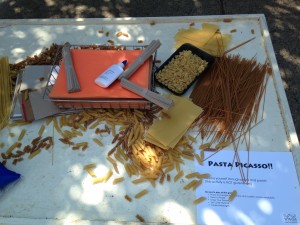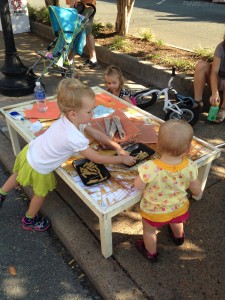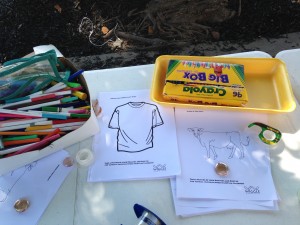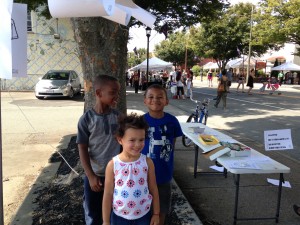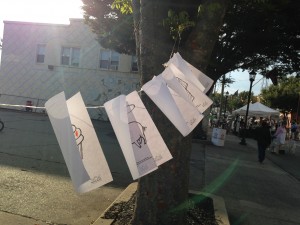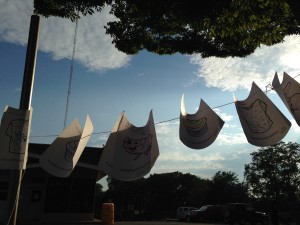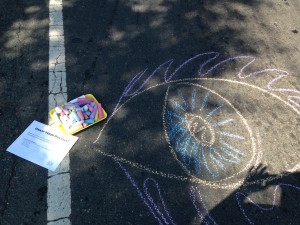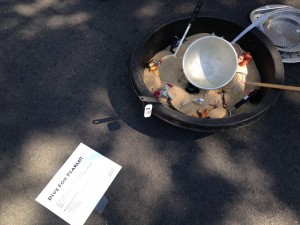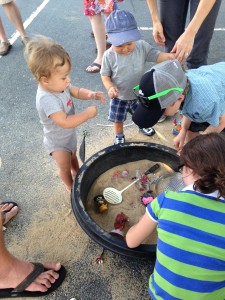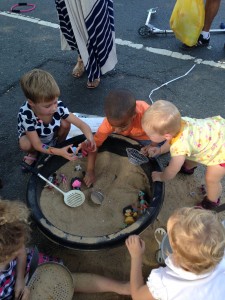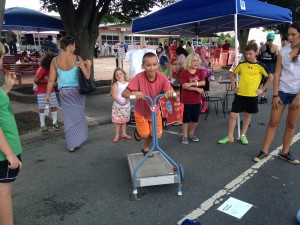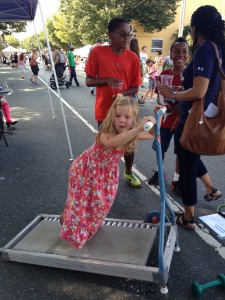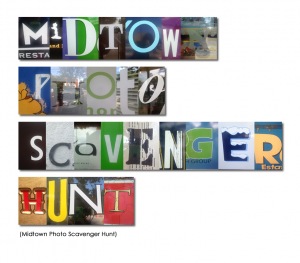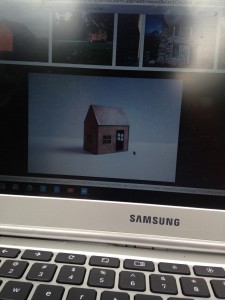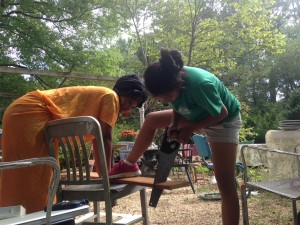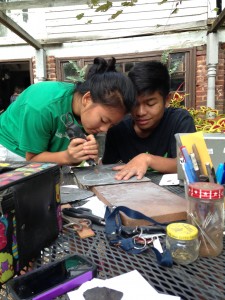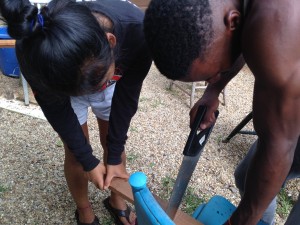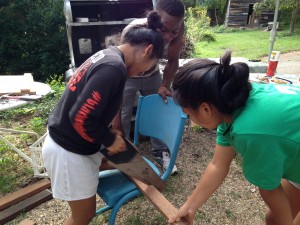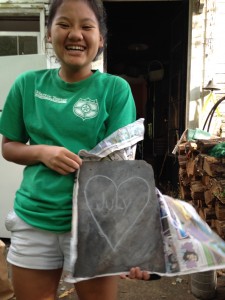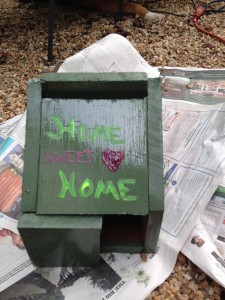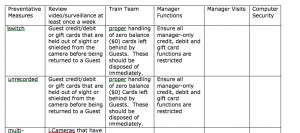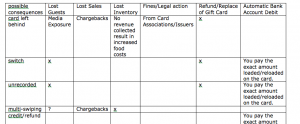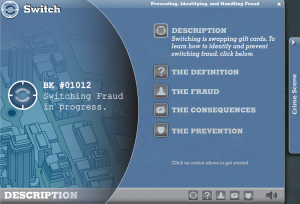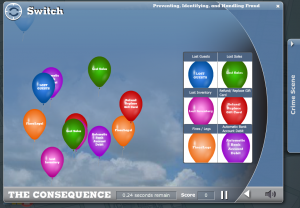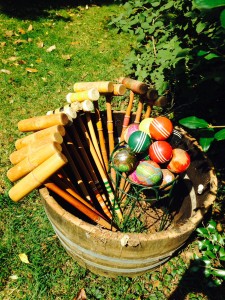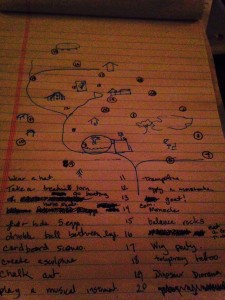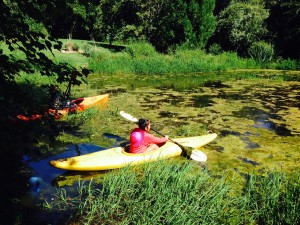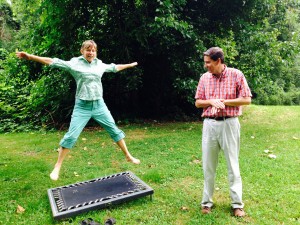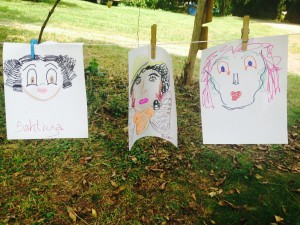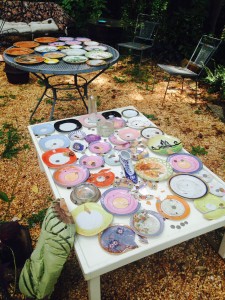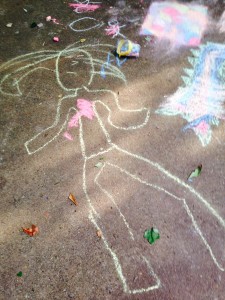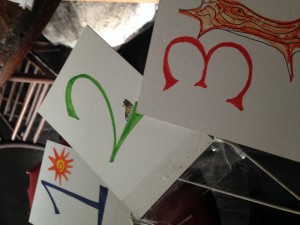Ugh, college essay time! Right? Wrong. I love the process of writing the college essay. The college essay serves lots of purposes. It can explain away a period of poor grades. It can personalize all the numbers. It can provide context for afterschool activities. Most importantly, though, it is the student’s story, as told by and understood by the student.
Writing a college essay can allow students to see themselves differently, to recast their stories, to gain confidence and to feel entitled (in the best way) for the educational opportunities they are pursuing. Grade school has become such a disparate series of parts, that it can be hard for a young student to understand the process and his or her role in it. Oftentimes, the students I work with have experienced some sort of failure or aren’t as competitive as their peers. The college essay allows them to explain the circumstances, and to highlight how they excelled even in the face of adversity.
What’s a string of Bs and Cs in general level classes in the face of the struggles I see? The stories of students I work with are complex, and sometimes heartbreaking. A 20 year-old mother who was impregnated by rape at 13, and is raising the baby, alone, and in a foreign country. A daughter who cried as her father was dragged out of their home and shot dead. A boy who has been responsible for paying for his school supplies and clothes since he was 13 because his family needs any available money for food. A young woman who is the product of generations of rape. A young man who fled his home place because his father was kidnapped and held for ransom. You could meet these students 100 times and never know these things about them because they present as strong, and resilient. And they are strong and resilient, or they wouldn’t have survived.
But their grades are so-so, or their SAT scores are just average, or they haven’t done enough extra-curricular activities to be competitive. The college essay can contextualize that so-so high school performance and demonstrate that that performance, given the pressures, the obstacles, the hardships that were faced, was in fact exemplary, and outstanding, and that young person asking for more education and more opportunity would be an asset to the college.
When young people write their own stories, through the process of the college essay, they can see themselves as worthy, as hard-working, as heroes of their own stories. In turn, they enter a new part of their lives having a sense of their journey knowing that they have already overcome so much, and the challenges of succeeding in school are not insurmountable.

